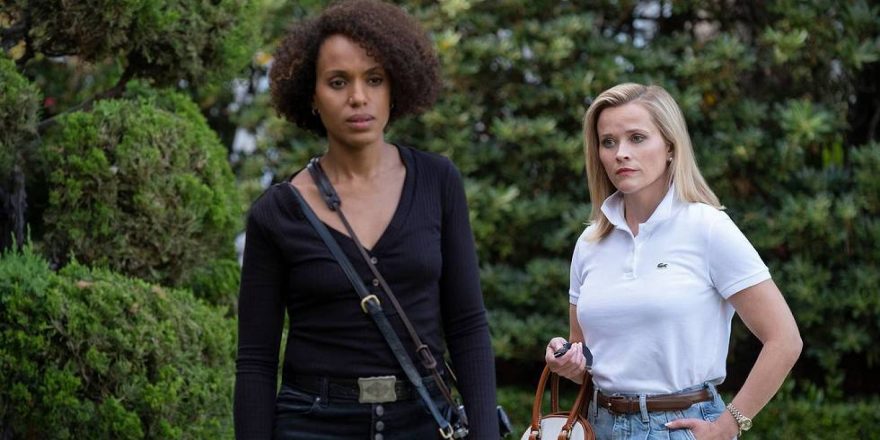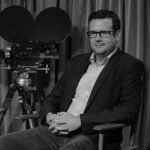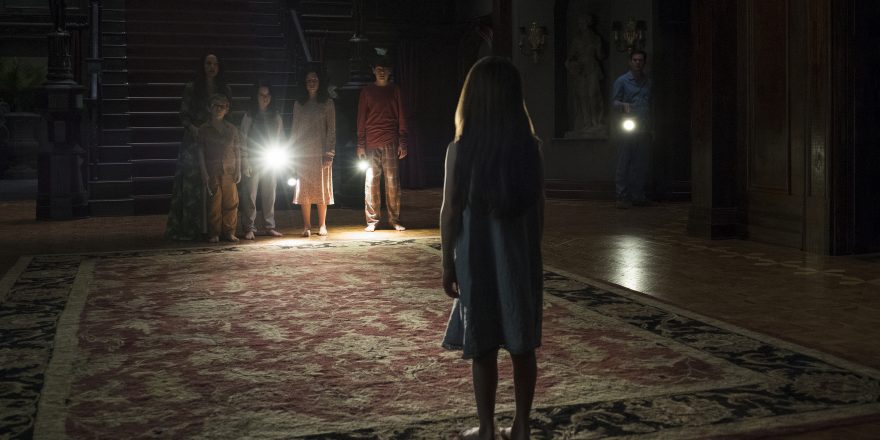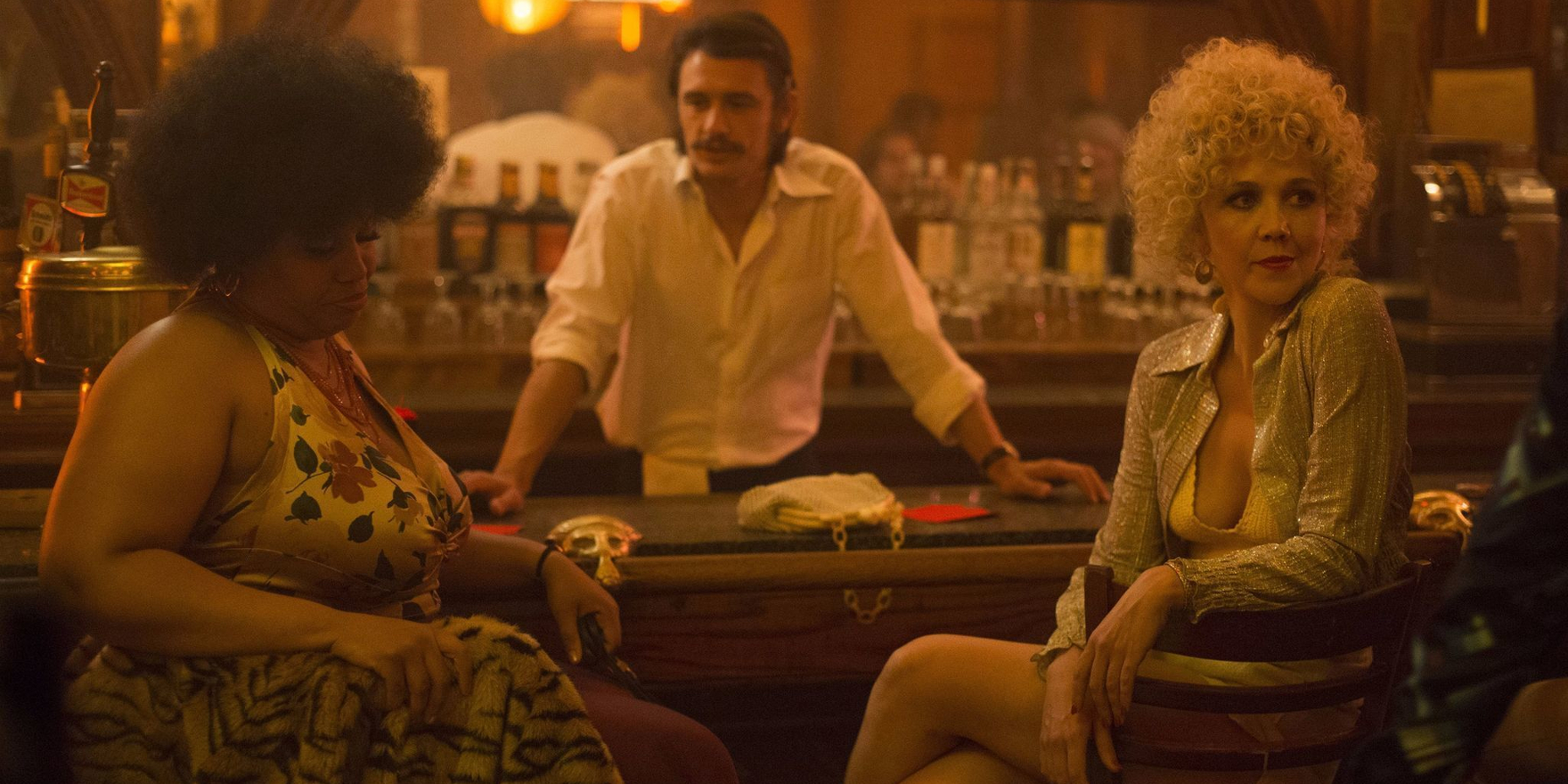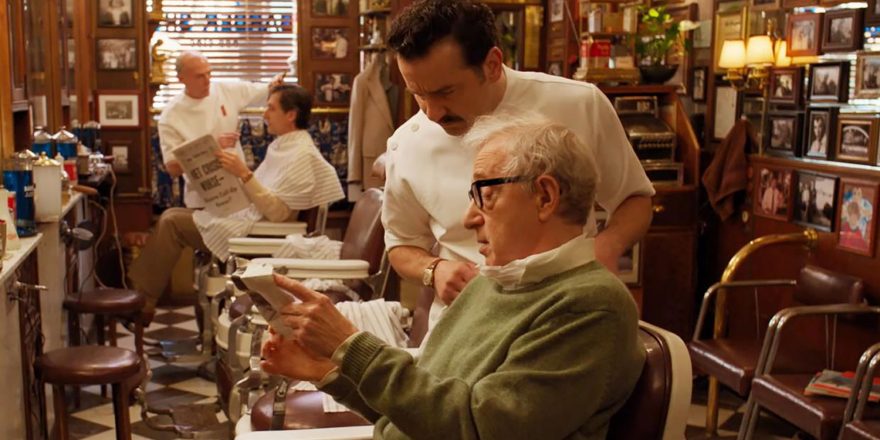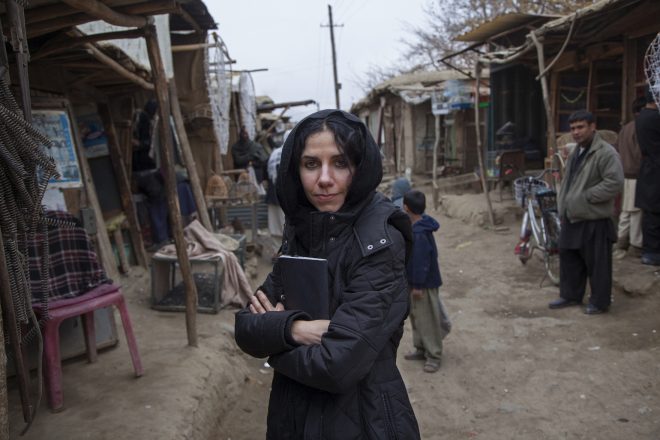As usual, I have to begin my Top 10 list with the disclaimer that these are my 10 favorite shows of the year, not the 10 best. Leaving aside how subjective one’s reaction to entertainment is, there’s so much television out there now that it would be impossible for any one human to watch even a tenth of it, making the idea of an authoritative “best of” list ridiculous. As an additional disclaimer, let me say that even in the year of COVID-19, I didn’t have time to get to everything I wanted to watch – I’ve still got Fargo, Ted Lasso and many other series in my watchlist (don’t even get me started on TV movies and documentaries) – so this is by no means a definitive list for the ages. That said, what follows is a list of the 10 shows that, for me, represented the best television had to offer in a year where I was enormously grateful for its pleasures.
Chicago Med
The best medical series on TV got even better this year thanks to its moving and intelligent examination of the emotional, ethical and political implications of administering and receiving healthcare in the age of COVID-19. The season six premiere, written by Diane Frolov and Andrew Schneider and directed by Michael Pressman, is a case study in how drama can illuminate complex issues of the moment in a way that’s deeper and more affecting than journalism and other forms of non-fiction; in an astonishingly efficient 45 minutes, the episode presents a devastating and wide-ranging look at COVID’s impact that is profoundly empathetic, justifiably enraged, and rigorously attentive to the procedural details of its characters’ milieu. The shifting points of view in Frolov and Schneider’s script find an expressive visual corollary in Pressman’s dynamic direction, which has a concision and clarity that beautifully serves the series’ reliably excellent acting – any episode of Chicago Med directed by Pressman has enough penetrating moments of truth for an entire season of most shows, yet his confident craftsmanship keeps the material from ever feeling overstuffed or rushed.
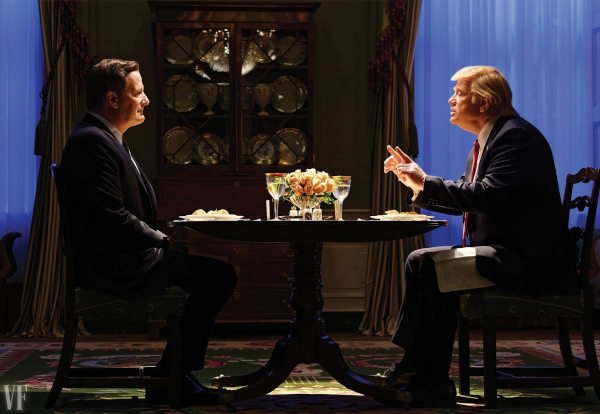
The Comey Rule
This Showtime two-parter does something I would have thought impossible: It offers a dramatic interpretation of the Trump presidency that’s truthful, thorough and unsettling and also, for lack of a better word, fun. Based on James Comey’s memoir A Higher Loyalty but encompassing a broader array of perspectives and sources, The Comey Rule is writer-director Billy Ray’s masterpiece, a depiction of political process and seismic historical shifts that is also an intimate character study and a sweeping ensemble epic. A funny, poignant portrait of Comey watching his life and country slipping away before his eyes, it’s a cautionary tale with the informational value of great reportage and the emotional impact of a powerhouse thriller. It’s also a showcase for one of the most astounding pieces of acting I’ve ever seen on film, that of Brendan Gleeson as Donald Trump. Gleeson inhabits Trump on every level, getting his voice and physicality exactly right without turning him into a caricature, and the result is an enthralling and chilling performance that would singlehandedly justify the existence of this entire 3½-hour movie if there weren’t so many other things to recommend it.
Evil
A highly addictive exploration of spirituality in the guise of a supernatural procedural, this was one of the most innovative and entertaining series of the 2019-2020 season. The show follows Kristen (Katja Herbers), a psychologist who teams up with David (Mike Colter), an ex-journalist who works for the Catholic Church as an assessor; he investigates – then confirms or debunks – incidents involving miracles, demonic possessions, and the like. Series creators Robert and Michelle King use the dichotomy between the pragmatic Kristen and the spiritual David as the starting point for a provocative inquiry into the nature of belief and the origins of evil – all the while delivering the horror-movie goods in a show that’s genuinely scary, diabolically funny, and occasionally tragic as it incorporates real-world horrors in ways both timely and timeless. The visual style established by cinematographer Fred Murphy and director Robert King in the premiere episode strikes the perfect balance between the recognizable and the uncanny – the world of the show looks and feels like our world, but something is always just a little off, and there’s a constant sense of dread and unease lurking beneath the familiar surfaces. The upshot is a hypnotic series as visceral as it is brainy.
The Good Fight
The second entry from Robert and Michelle King on my list is the fourth season of this witty Good Wife spinoff, a show that tries to make sense of the communal psychic chaos we’ve all been living with under the Trump presidency and does so with a refusal to settle for conventional assumptions. The season opener contained some of the Kings’ cleverest satire to date; in an echo of the series premiere, which began with liberal attorney Diane Lockhart (Christine Baranski) watching in horror as Donald Trump won the 2016 election, season four’s first episode shows her waking up to an alternate reality in which Hillary Clinton triumphed. The episode veers from wish fulfillment to horror with revelations that are both unexpected and completely plausible – and frequently hilarious. It’s directed by Brooke Kennedy, who also executive produces The Good Fight and has established, shaped and developed the show’s cinematic grammar to make it one of the most beautiful series on television. Kennedy has an unerring knack for finding the nuances of gesture, wardrobe and performance that define and enrich character, and she’s scrupulously attentive to every visual detail in the frame. Her precision and care give The Good Fight the lush look of a big studio drama from the classical Hollywood era; how she achieves her effects on a TV schedule and budget is mystifying to me.
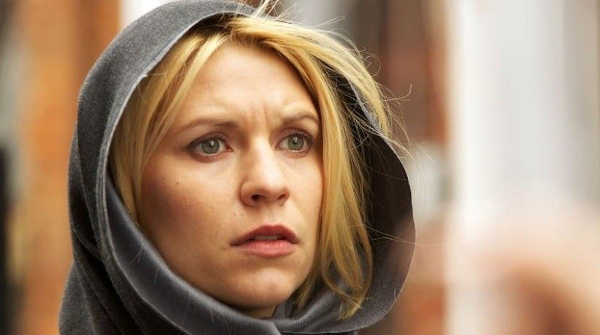
Homeland
The first few seasons of Homeland were as absorbing and intense as anything I’ve ever seen on TV, so it was immensely satisfying to see the show end its eight-season run with some of its best episodes yet – and with one of the greatest series finales in the history of television, as writer Alex Gansa and director Lesli Linka Glatter pulled off the rare trick of resolving almost a decade’s worth of storylines and relationships in a manner as unpredictable as it was completely satisfying. The last episode of the series swings from chilling suspense and tragedy to poignant lyricism and black humor, pulling the rug out from under the audience in the last few minutes just before restoring our sense of security in a perfectly orchestrated epilogue. Glatter manages all the tonal shifts and transitions of Gansa’s bold script with dynamism and force, exhibiting a total mastery of blocking and camera movement as well as a perfectly tuned eye and ear for the delicate nuances of performance; this is one of the most riveting hours of television she’s ever directed, which means it’s one of the most riveting hours of television anyone has ever directed.
Little Fires Everywhere
Showrunner Liz Tigelaar’s adaptation of Celeste Ng’s novel is an exquisitely written and acted dissection of race and class in America as well as a breathlessly paced and ingeniously plotted thriller – the best character-driven thriller, in fact, since David Fincher’s Gone Girl. Like that film, Little Fires Everywhere was produced by Reese Witherspoon, who is quickly becoming as reliable a filmmaker behind the camera as she is in front of it (she also produced the terrific Big Little Lies and executive produced my favorite series of 2019, The Morning Show). Witherspoon gravitates toward the kind of smart genre material that used to be the American cinema’s bread and butter but has become increasingly rare, at least at this level; Little Fires Everywhere contains pulp pleasures with high art via fantastic performances (particularly by Witherspoon, co-producer Kerry Washington, and Joshua Jackson), telling cultural details in both the writing and production design, and deliciously layered dialogue in which characters are constantly hiding the truth not only from each other but themselves. Little Fires Everywhere also represents a glorious final triumph for the late, great Lynn Shelton, who directed half of the show’s episodes (including the first and last) and in the process left us with the best work of her career.
Manhunt: Deadly Games
This miniseries about the 1996 Olympic Park bombing had some of the wind taken out of its sails by the release of Clint Eastwood’s Richard Jewell a few months ahead of its premiere, and as a “Spectrum Original” it flew pretty far under most viewers’ radars. Now it’s on Netflix and seems to be finding the audience it deserves as a nuanced, meticulously crafted drama with an impressive performance from one of the best young actors in America, Cameron Britton. Britton disappears into his role as Jewell so convincingly that I would never have realized it was the same guy who played Ed Kemper on Mindhunter if I didn’t look it up on IMDb – just like I was shocked to find out that Ed Kemper was played by the same actor I had been watching as Tim on Stitchers. Britton is one of those actors who is so good he always seems to be playing himself, yet his roles bear virtually no resemblance to each other; his range is remarkable, something he shares in common with director Michael Dinner, whose work on the pilot and conclusion of Deadly Games confirms his status as one of the most versatile filmmakers we have. Most of Dinner’s feature film work is in comedy, and his biggest successes in television include the coming-of-age nostalgia of The Wonder Years, the sly modern-day Western action of Justified, and several episodes of last year’s searing Netflix drama Unbelievable. With Deadly Games, he deftly injects the procedural format with steadily increasing intensity and, at times, hallucinatory horror, taking the audience into the palm of his hand and squeezing from the opening scenes on. If you’re looking for a masterclass in how to use camera movement, cutting and lenses to suck the audience in, this is it.
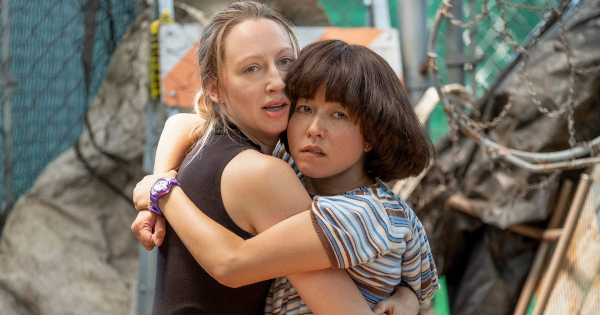
Pen15
The second season of TV’s most inventive comedy is braver, funnier, sadder and even more audacious than the first, which is really saying something since the first season was positively brilliant. An ode to the endlessly awkward pain of adolescence, Pen15 is filled with moments of observational insight as accurate and uncomfortable as they are uproarious; what takes the spot-on writing to the next level is the bizarre and effective conceit in which series co-creators Maya Erskine and Anna Konkle, both of whom are in their 30s, play themselves as teenagers and interact with other actors who really are teens. The odd juxtaposition of adult actors and teens all playing the same age creates a dislocating effect unlike anything else on TV, making the viewer feel as unmoored as the characters. It’s not a gimmick – somehow Erskine, Konkle, and fellow creator Sam Zvibleman knew this was the best way to tell their story and that it would draw the audience in rather than distancing them from the characters. I have no idea how or why it works, or what gave Erskine, Konkle, and Zvibleman the courage to try it, but their daring experiment places Pen15 alongside My So-Called Life in the pantheon of great teen television.
Sweet Magnolias
Sheryl J. Anderson’s Netflix adaptation of the book series by Sherryl Woods premiered a couple months into the pandemic and proved to be ideal escapism in a difficult time; generous toward both its characters and the audience, gorgeously photographed by Brian Johnson, and acted by an ensemble with infectious enthusiasm and affection, it’s the cinematic equivalent of a warm bubble bath. An engaging dramedy following a trio of friends who have been best friends since childhood as they navigate their love and work lives, Sweet Magnolias fulfills a key requirement of this sort of show early on: it creates a group of characters who we can’t get enough of and desperately want to see end up happy. It also places them in one of the most inviting environments on television, the small southern town of Serenity, South Carolina, production-designed to vivid perfection by Aimee Holmberg. The lively setting informs the characters and vice versa, as director Norman Buckley (an executive producer on the series who directed six of its 10 episodes) skillfully works with Holmberg and Johnson to use color, light, composition and décor to deepen the emotional impact. This attention to place and its relationship to drama has long been a hallmark of Buckley’s on shows like Pretty Little Liars and Gossip Girl, and it’s a talent he shares with Sweet Magnolias’ other two directors, Laura Nisbet and Kelli Williams. Nisbet and Williams both directed episodes of one of my favorite series of recent years, The Fosters, and it’s great to see them continuing to do good work here.
The Undoing
Writer David E. Kelley’s latest show about rich people with horrible secrets is even more deliciously entertaining than his previous one, Big Little Lies, and more disturbing thanks to Hugh Grant’s career-best performance as a narcissistic sociopath. Like Big Little Lies, the show’s appeal largely comes from its pleasures as both consumer porn and morality tale; Kelley and director Susanne Bier luxuriate in their characters’ material excess at the same time that they provide a scathing indictment of the values those characters live by, allowing the viewer to have it both ways – we can live vicariously through the wealthy elites played by Hugh Grant, Nicole Kidman, and Lily Rabe but ultimately not envy them because they’re deluded at best and amoral killers at worst. The Undoing is good soapy fun, but it’s also something much more in the end; by calling back to his earlier life as a rom-com charmer and then peeling the skin off to reveal the devil underneath, Grant creates one of the most frightening yet charismatic villains since Hannibal Lecter – by the time he reveals his true self in the series finale, we’ve seen both the allure and the banality of evil in equal measures.


